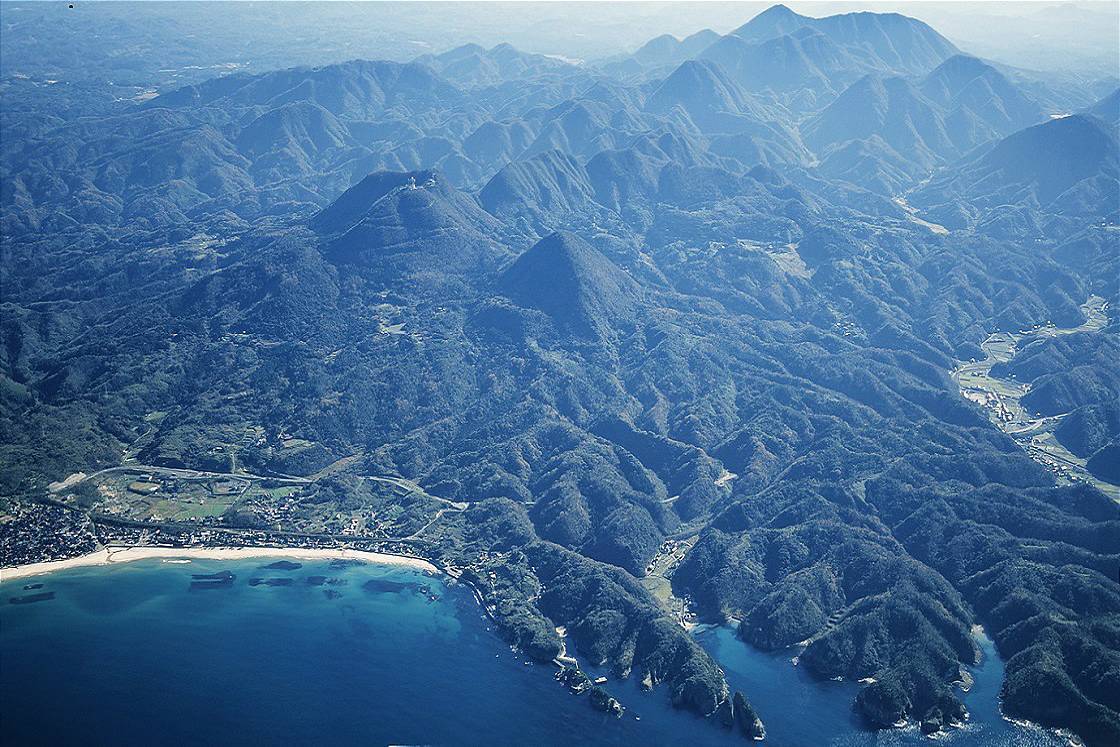Iwami Ginzan Silver Mine and its Cultural Landscape
When Iwami Ginzan was designated a UNESCO World Heritage Site in 2007, it was recognized for three main reasons: for the minefs impact on the world economy in the sixteenth and early seventeenth centuries, for the well-preserved archaeological evidence of silver production found throughout the area, and for the integrity of both the mine itself and the sites related to it, from mining settlements to transportation routes and ports.
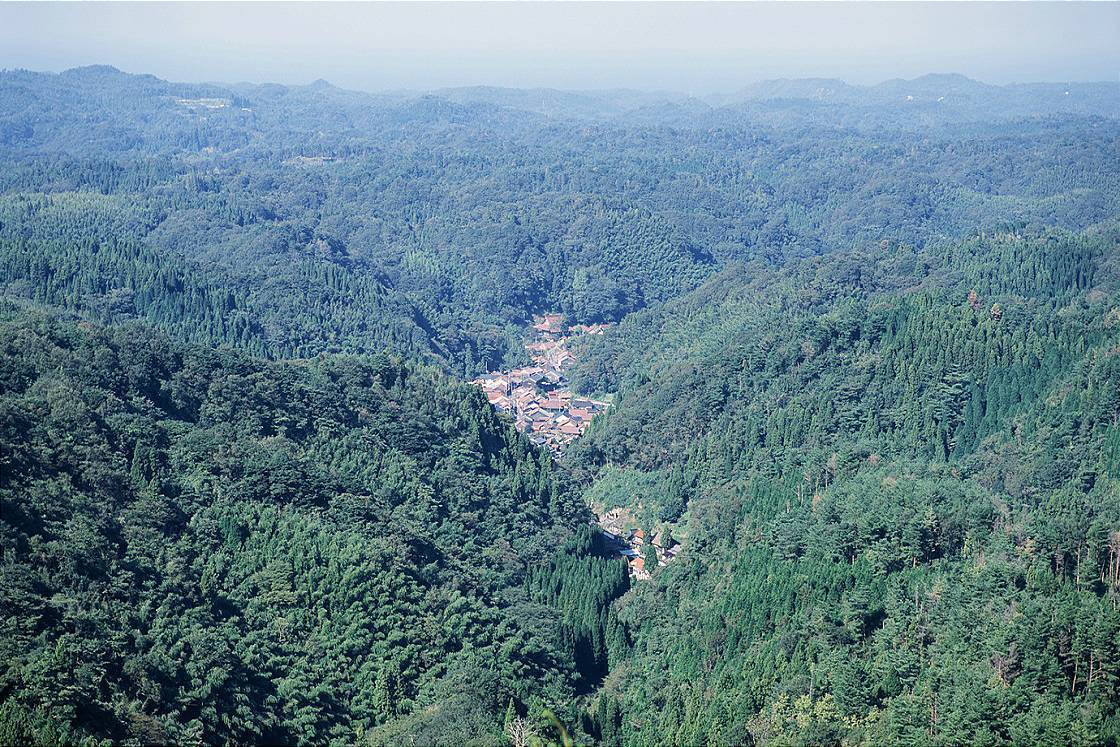
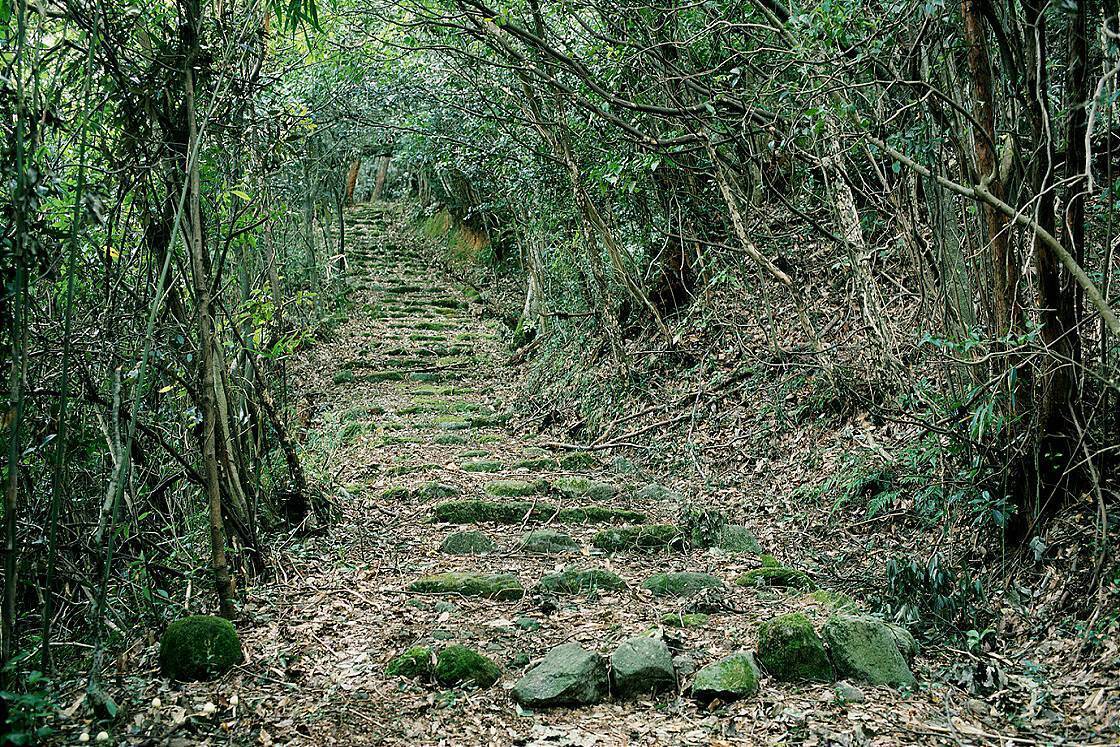
The Iwami Ginzan mine and the sites related to it - ports, transportation routes, castles and other fortifications, administrative facilities, residential areas, and religious sites - survive as an organic whole. Some of the mining tunnels and shafts can be entered, the roads from the mine to the Sea of Japan can be walked, and the former homes of merchant families who made their fortunes here can be visited in the town of Omori. Together, these sites tell the story of the mining community from medieval times to the 1920s. They reveal how the mine was expanded and altered to meet different goals over time, how a highly specialized economy developed around the mine, and how its administration evolved over the 400 years during which silver was mined at Iwami Ginzan.
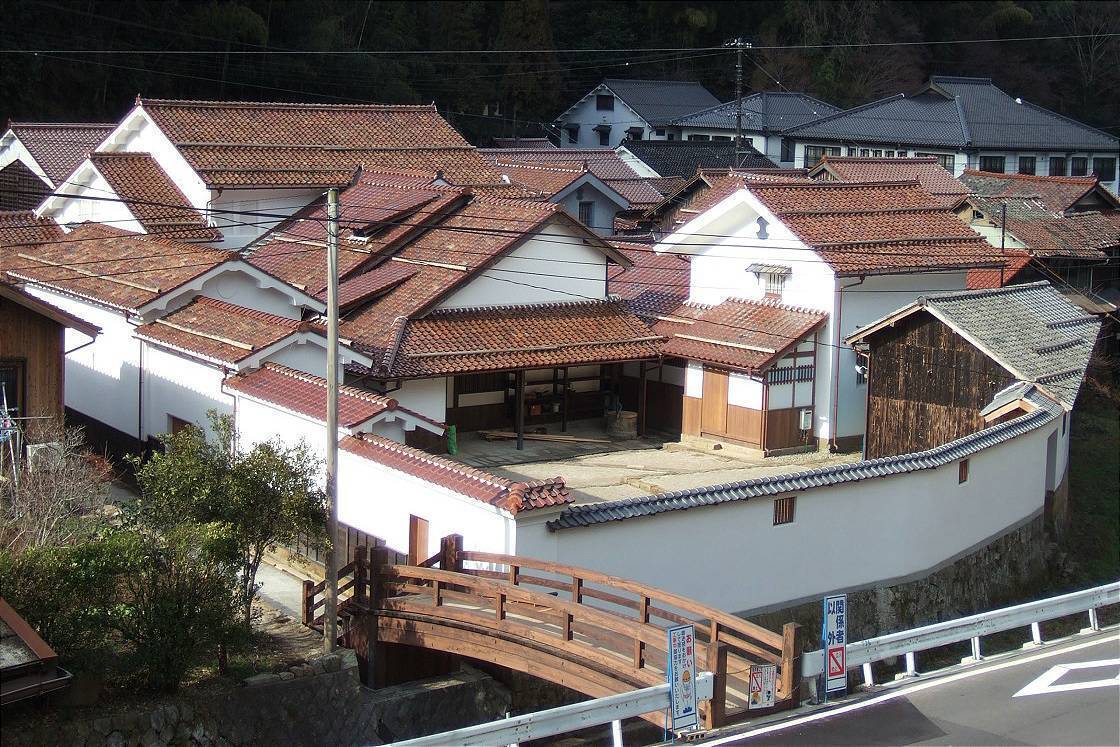
Sennoyama: The Silver Volcano
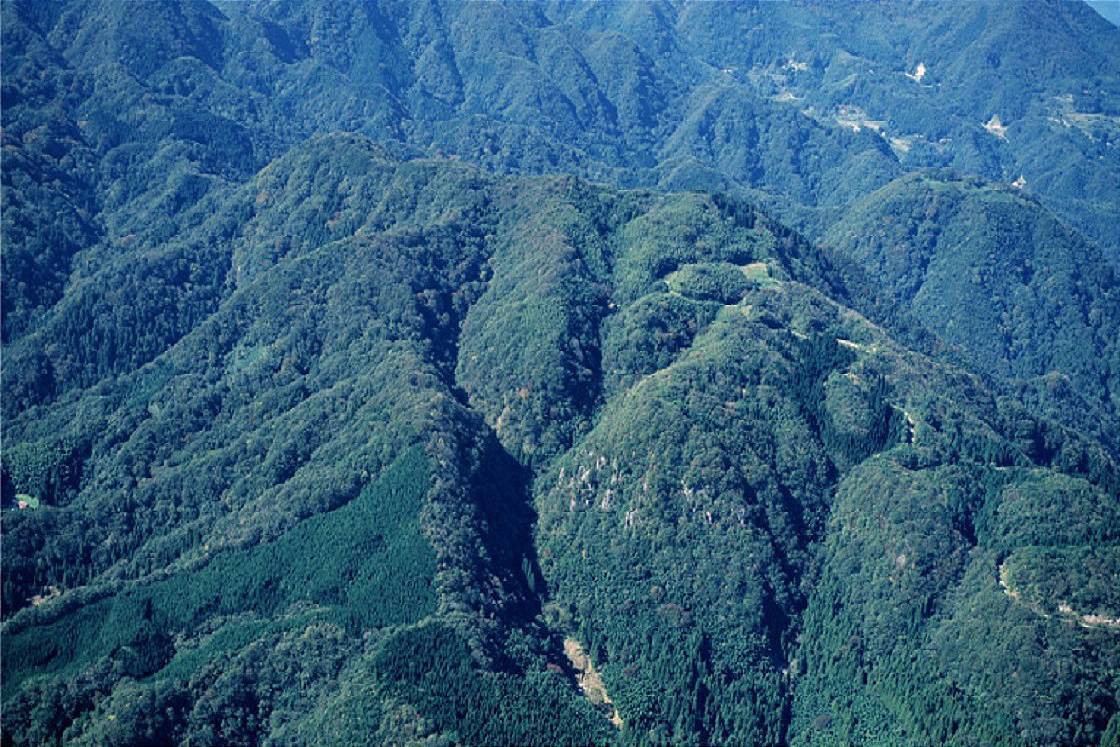
It is no exaggeration to say that Iwami Ginzan became one of the worldfs most productive silver mines thanks to the distinctive geological features of Mt. Sennoyama, the ancient volcano around which the mine grew from the mid-1500s onward. The mountain began to take shape some 1.5 million years ago, when a volcanic eruption caused a pileup of pyroclastic material such as extremely hot ash and chunks of partially solidified lava around the crater. The newly formed peak was notably brittle, like a giant pile of sand.
Volcanic activity continued underneath the mountain, with magma heating groundwater from below and turning it into hydrothermal water, a fluid that has a temperature of more than 200C but does not boil away due to the high-pressure conditions deep underground. The hydrothermal waterfs heat released elements including silver and copper from the nearby rock and magma. This metal-containing fluid then seeped upward through cracks in the bedrock, penetrating the porous Mt. Sennoyama and transporting silver throughout the mountain. As the liquid cooled and solidified due to the change in temperature and pressure, countless silver veins were left in the coarse rock.
When prospectors in the 1500s started mining at Mt. Sennoyama, they noticed that several of the silver veins they discovered were located close to the surface - a result of the hydrothermal waterfs extensive flow through the brittle mountain. These characteristics meant that many of the veins were both heavily laden and relatively easy to reach even with chisels and hammers, which miners used to dig into the mountainsides before the age of explosives.
Yunotsu: A Natural Harbor
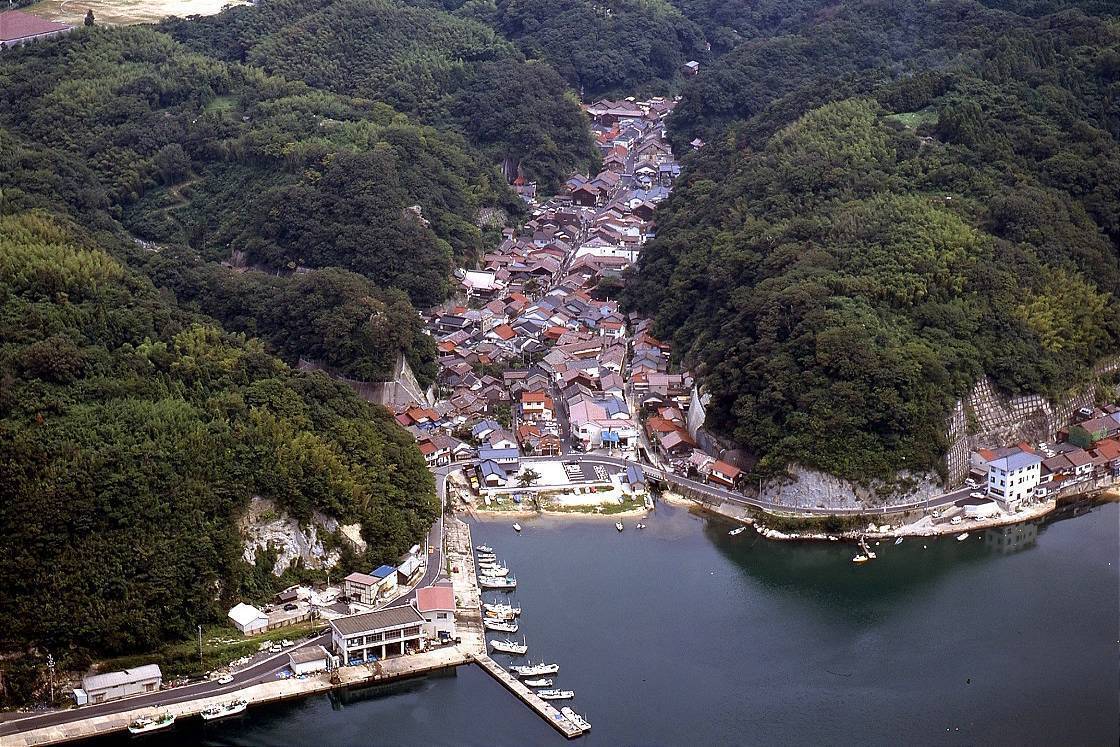
Yunotsu Port was the main source of supplies for the Iwami Ginzan silver mine from the sixteenth until the early twentieth century. The portfs emergence as a flourishing center for maritime trade had much to do with its favorable location in a deep bay surrounded by steep cliffs that offer protection from the Sea of Japanfs fierce waves and harsh north winds - as well as from intruders. Okidomari, one of the bayfs narrow inlets, was even used to ship silver from the mine to markets both in Japan and overseas in the late sixteenth century. Being enclosed by sheer cliffs and connected with the mine via only one road made Okidomari especially easy to defend.
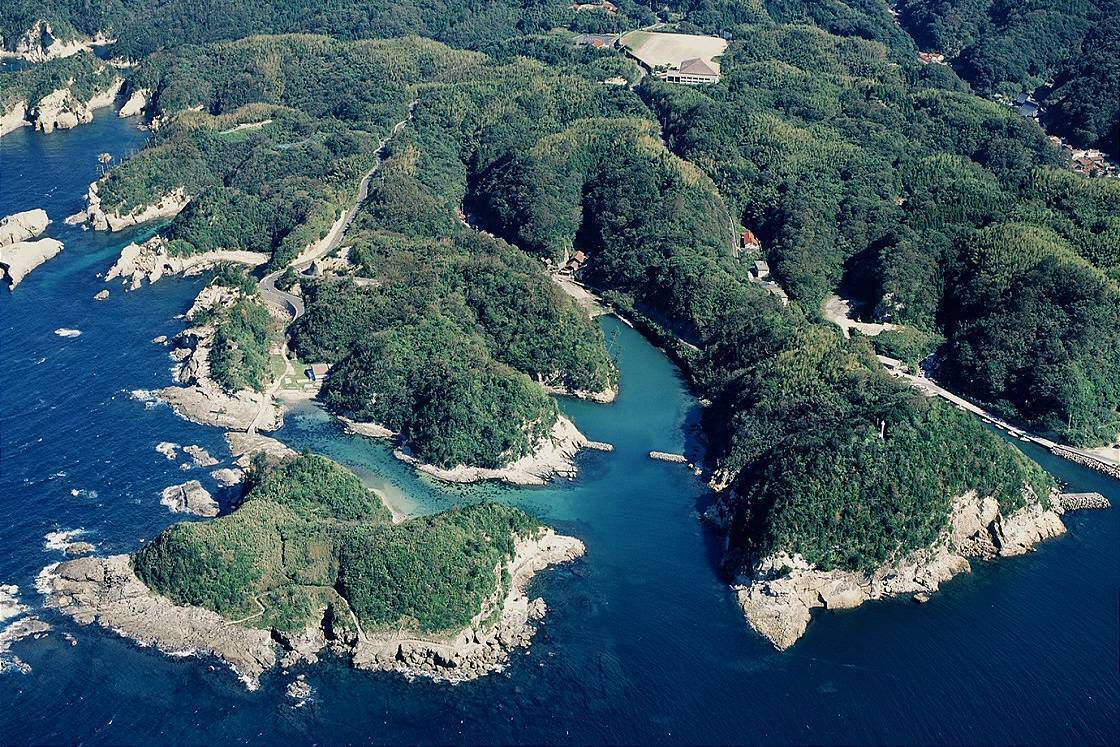
The natural features that made Yunotsu such a fine harbor are the result of volcanic activity that began some 15 million years ago, when the Japanese archipelago was separated from continental Asia. Thick and sticky ash released by the underwater volcanic eruptions that tore the ground apart solidified into tuff, a relatively soft type of rock. As tuff erodes - little by little, without large blocks breaking off - it tends to form deep valleys. When the sea rises into these valleys, as it did after the most recent ice age ended around 10,000 years ago, the valleys become inlets enclosed by sheer cliffs, such as those around Yunotsu.
Even today, Yunotsu Bay is deep enough for large ships to enter. This is due to another key event that shaped the bayfs topography. Around 2 million years ago, underground volcanic eruptions created a number of mountains along the coast. The formation of these peaks - including Mt. Sennoyama, around which the silver mine developed - blocked the flow of several waterways that until then had emptied into the bay. With no large rivers left to transport sand into the water, the bay has retained its depth naturally.
Okubo Mine Tunnel: A Gateway to the Past
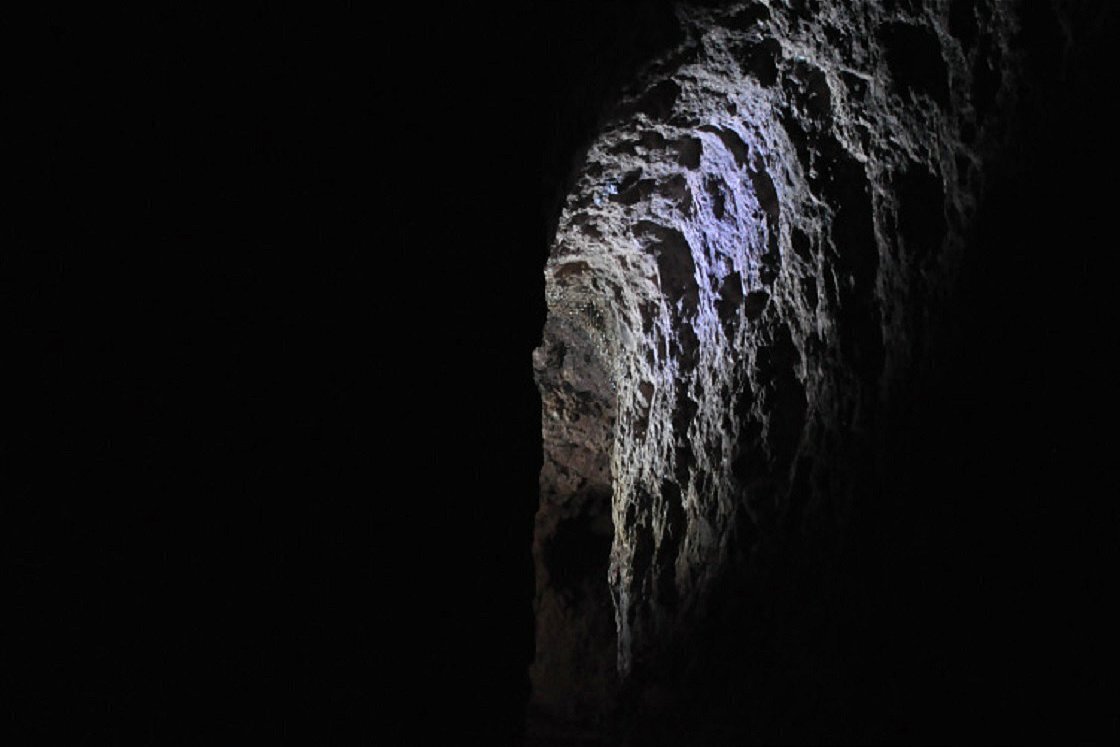
Mining in the Okubo tunnels, the largest tunnel system at Iwami Ginzan, began in the late 1500s and continued until 1896. Many traces of this 300-year history remain intact within the tunnels thanks to the distinctive environment inside the mountain.
The Okubo tunnels were initially dug using chisels and hammers, the marks of which can still be made out on the smooth parts of the main tunnelfs walls. Other sections bear scars of the rougher excavation techniques used in the late 1800s, when the tunnel was widened to accommodate carts. Although the cart rails were removed after the end of mining in 1896, some rail crossties from this time remain in place. Dents in the ground at regular intervals, where more crossties used to lie, are also visible.
One of the crossties in the tunnel still has a pair of rail spikes that were left in the wood after the rails were detached. These nineteenth-century "dog spikes" - named after the shape of their top part, which looks like a dogfs head - are the only nails of their kind in Japan known to have survived intact inside a mining tunnel for well over a hundred years.
The dog spikes were spared from rust and the crossties from decay because of the tunnelsf wet environment. Water seeps ceaselessly through the surrounding brittle rock, dousing the tunnel floor and preventing the railsf remains from interacting with the air. Equally importantly, the water is free of heavy metals (it is even pure enough for drinking), as it has been throughout the history of Iwami Ginzan.
The Okubo system can be explored on guided tours of the tunnels, which are given on Fridays, weekends, and public holidays from March to November. In the months before Christmas, the tunnels are used by a local baker to age stollen, a type of sweet yeast bread baked with fruits and nuts. This traditional German holiday delicacy has in recent years become a local culinary attraction.
Unauthorized reproduction prohibited
Read more about the Iwami Ginzan Silver Mine in 11 languages

Iwami Ginzan Silver Mine and its Cultural Landscape
